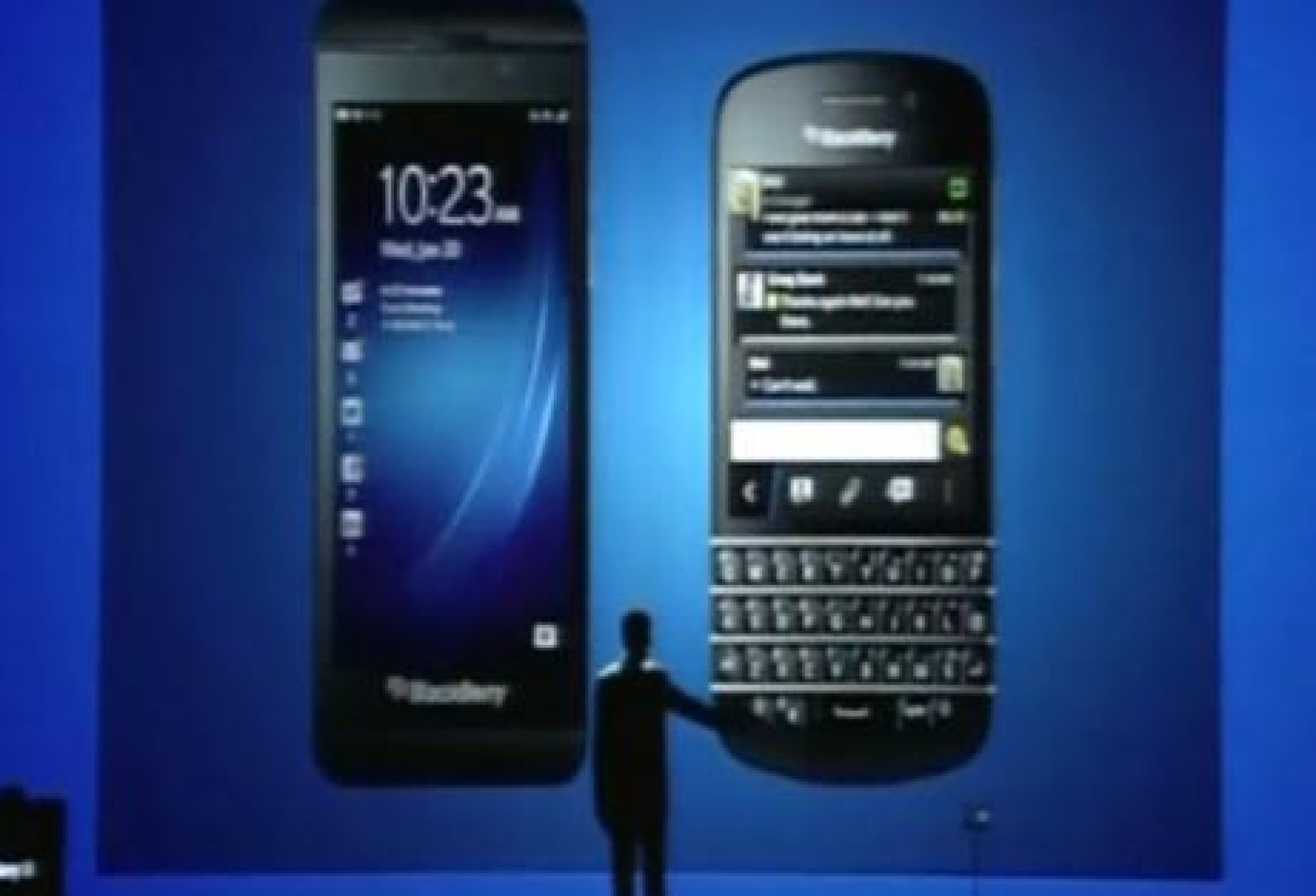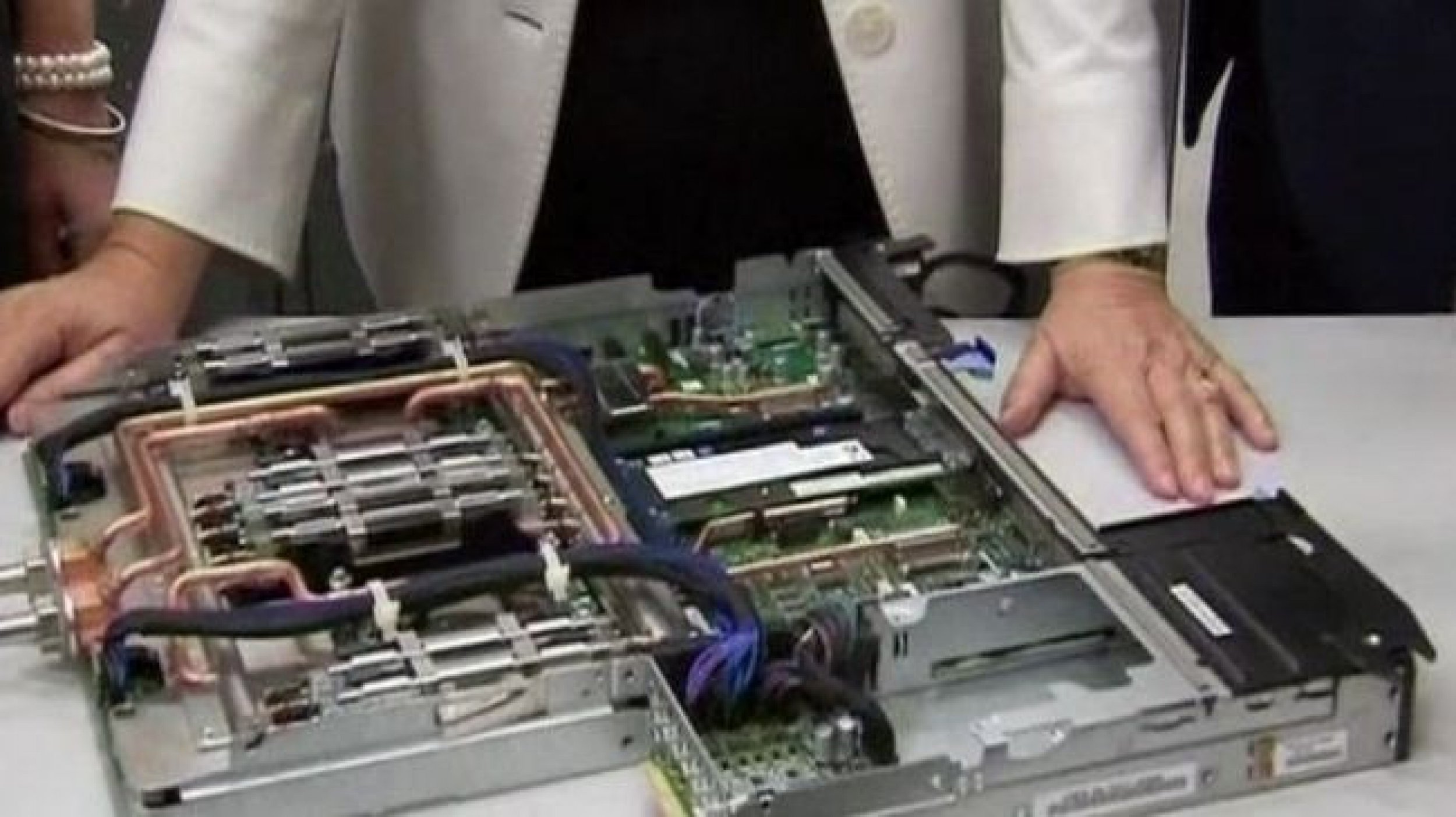iPhone 5 Features Wish List: 10 Ways Apple Could Blow Us Away [PICTURES]
Apple changed the entire smartphone genre with the introduction of the iPhone in 2007, and five years later, Apple fans are anxiously awaiting a new iPhone, rumored to be released between June and October 2012. Nobody outside Apple HQ truly knows what the sixth-generation iPhone, presumably called the iPhone 5, will look like or feature, but that isn't stopping us from daydreaming about all of the possible features in Apple's next phone.
While no features or specs for the iPhone 5 are confirmed, a number of rumors, reports and recently-granted patents could give us a clue as to what we'll expect from Apple's next iPhone. Here are 10 of the best rumored features that would blow our minds if they became a reality.
OLED Display: Apple is reportedly testing the iPhone 5 prototype with an A5X chip, which is the quad-core graphics processor used to power the Retina Display in the new iPad. But why would Apple need such a powerful chip for an iPhone? Given that the A5X chip is a graphics powerhouse, if Apple doesn't drastically change the physical size of the screen to 4.6 inches, it may be changing the display's overall quality.
On April 4, the Korea Times reported that Apple is interested in switching from LCD to OLED displays for its next round of iPhones and iPads. The reason behind the potential move would be Samsung, which recently launched its spinoff company called Samsung Display that aims to pivot away from LCD to focus more on OLED technology. Apple is by far Samsung's biggest customer: The Cupertino, Calif.-based company bought $7.8 billion worth of components from Samsung in 2011, ranging from memory chips to LCD panels, but the company will reportedly buy $11 billion worth of parts this year, which could mean Apple is buying more expensive display material.
Apple has plenty of money to afford OLED screens in an iPhone-sized display, and it would make sense for Apple to ask Samsung to help build its iPhone 5 displays. Samsung knows how to build big, beautiful screens for any size device: Just imagine what Samsung could do with Apple's Retina technology implemented into an OLED. Apple would effectively put distance between the iPhone and all other smartphone competitors for another five years, at the very least.
Crack-Proof Glass: Apple's patent for crack-resistant glass, granted on Nov. 15, uses the same alumino silicate glass solution used in the iPhone 4 and 4S, but chemically treats it with potassium and sodium ions to achieve greater compression thresholds on the surface and edges of the glass, making it less susceptible to cracks.
Apple also included a handy feature that will appeal to everyone who's ever dropped their iPhone: The patent calls for a shock mount to be placed between the glass and the body of the device, which will instantly inflate if the device senses it's falling. If the iPhone's internal accelerometer senses it's falling, an actuator within the device sucks in the cover glass as it accelerates to the ground, protecting it from damage.
LTE: It's already a foregone conclusion that Apple will implement radio bands for 4G LTE in the iPhone 5, given that Apple introduced the high-speed network on its new iPad, released on March 16, which was likely done as a practice run.
LTE features significantly higher download and upload speeds compared to 3G technologies, but previous implementations of LTE in smartphones tended to ravage battery life, which was a major complaint from users. If Apple wanted LTE in the iPhone 4S at the time, it would have been forced to increase the phone's thickness to accommodate a larger circuit board and a bigger battery. Apple CEO Tim Cook, in a company earnings conference call in April 2011, said first-generation LTE chipsets force a lot of design compromises.
Fortunately, Qualcomm recently unveiled the fifth iteration of its new chip, which supports TD-SCDMA, TD-LTE, HSPA+, EV-DO, embedded GPS, and LTE on TDD and FDD networks worldwide. The chip works with Android and Windows 8 devices, but there's a great chance this will be the chip inside the iPhone 5.
The iWallet: On March 6, Apple won a major patent for a piece of technology called the iWallet, which is a digital system that gives users complete control over their subsidiary financial accounts on their iPhones, and also leverages Near-Field Communication technology to complete credit card transactions directly on the phone as well. The iWallet has many different features, including giving users the ability to see their entire credit card profiles, view statements and messages from their banks, and even set parental controls for their children, should they also want to use their iPhones as digital wallets.
Outside of the iPhone, users can keep track of their payments and statements within the iTunes billing system, which keeps credit card information and records safe and secure. There's a possibility that iWallet could also work with other Apple utilities, which could allow users to buy things like movie tickets directly within the apps, but only time will tell with that one.
Multi-player gaming: On March 15, the U.S. Patent and Trademark Office published a patent application from Apple that describes a system for multi-player gaming, which allows groups of people to play the same game together and even see it from different perspectives according to the devices' physical relation to one another. The system actually mimics that of the Find My Friends app, in which a user's device detects other nearby devices that it recognizes as friends, and invites them to all join a common application. The technology also determines the relative position of those devices, so some games -- like turn-based role-playing games or card games -- can be played in a specific order.
Four-inch Retina Display: Every iPhone ever released by Apple has featured a 3.5-inch screen. Given the recent news that Apple is actively testing its prototypes within older cases, one would assume the iPhone's screen won't be wildly different -- one rumor reported by Reuters said Apple had settled on a 4.6-inch design. Instead, it looks like the iPhone 5 will measure somewhere between 3.5 and 4 inches.
iMore's editor-in-chief Rene Ritchie said on April 5 that the iPhone 5 would retain the current 3.5-inch screen -- the same size as all previous iPhones. Most other reports claim Apple will stretch its screen to four inches, but keep the width of the phone exactly the same. The truth is likely somewhere in between the two rumors, but Ritchie deserves the benefit of the doubt.
A reporter with a terrific track record with Apple news, Ritchie correctly reported last August that Apple's fifth-generation iPhone would be unveiled in the first week of October and would be called iPhone 4S, while all other reporters at the time called the speculative device the iPhone 5. Ritchie also correctly pegged the new iPad's unveiling on March 7. If Ritchie's right again, the iPhone 5 won't be any bigger than all previous iPhones, but this may be the only time we're hoping Ritchie's wrong.
3D Photography: Okay, so 3D technology is nothing new. Many might even say it's overdone, but Apple would argue that's not the case; it would say nobody has done it right yet.
Apple says that while existing 3D cameras and video records can get three-dimensional information from bojects, they're generally incapable of getting detailed enough information in relation to the shapes, surfaces and depth of the objects. Apple's solution involves a series of systems, tools and methods to capture a 3D image by using multiple sensors and cameras. One sensor would capture a polarizing image, while two other sensors would capture two different non-polarizing images, and Apple's system would combine the images into a composite.
Apple has another solution involving different specialized sensors for capturing the image's surface information, color imaging and luminance, and combining the data into another composite that has information about the depth and plurality of surfaces. Together, these systems and methods of capturing light and image information would create an incredible 3D image that can be seen without glasses.
Micro SIM Connector: It may not be the sexiest feature, but if Apple decides to include this patented micro SIM connector in the iPhone 5, you won't be unhappy. Apple usually doesn't like people tinkering inside its devices, but the company's micro SIM solution is described as easily removed and replaced, as well as resistant to damage by an improper insertion of a SIM card, and may provide reliable mechanical performance.
Apple has been battling Nokia over the design of mini SIM cards for mobile devices, but Apple's SIM solution would allow the iPhone 5 to connect into other Apple devices, such as the MacBook Pro and iPod Touch, as well as TV monitors, which would be useful if Apple ever invented a television. Apple's innovation is also flexible, so if nano SIM cards become the future, the patent has Apple covered.
Apple Avatars: If you want to buy movies, apps, or any content through Apple's iTunes Store or App Store, Apple requires you have an Apple ID. Your Apple ID sticks with you in the company's Game Center, unveiled in iOS 5, which keeps track of a user's achievements across purchased and downloaded games. Bu if this recently-granted patent has any bearing on the immediate future, Apple users may soon get to make customizable Apple Avatars, which users would use to represent themselves within potential online or gaming environments.
Gamers and Apple users would be able to create a 3D model of themselves, allowing them customize features like the character's hair, eyes, nose, eyebrows, and other features and accessories. While this feature looks like it's geared towards kids, it would give users a greater since of identity and fun while playing games. Don't be surprised if Apple had Pixar's help on this one: Just look at the eyes.
Advanced Haptics: In the days before Apple unveiled its new iPad in March, a rumor from left field said Apple would implement an advanced haptics system into the iPad, which would give users the sensation of texture when they touched an object on the screen. Android devices currently have a type of feedback when you press a button on a smartphone, so it's possible Apple will one-up its most fierce rival with unrivaled touch technology.
A touchscreen that created the sensation of textures would be an incredible piece of technology, but we're hoping Apple completes the puzzle with one important piece of technology from Microsoft. In mid-March, Microsoft engineers unveiled a lag-free touch screen that responds to your finger's touch in less than one millisecond. Current Apple devices only have a minor lag with their touchscreens, but this minor adjustment would make users feel like they're really touching their work, drawing a picture, or handwriting a note. Apple has proven to us time and again that simplity is the key to an enjoyable experience, but speeding up the touchscreen would make the already-popular iPhone into the best touchscreen experience ever.
What features do you want to see in the iPhone 5? Let us know in the comments section below.

















© Copyright IBTimes 2024. All rights reserved.




















